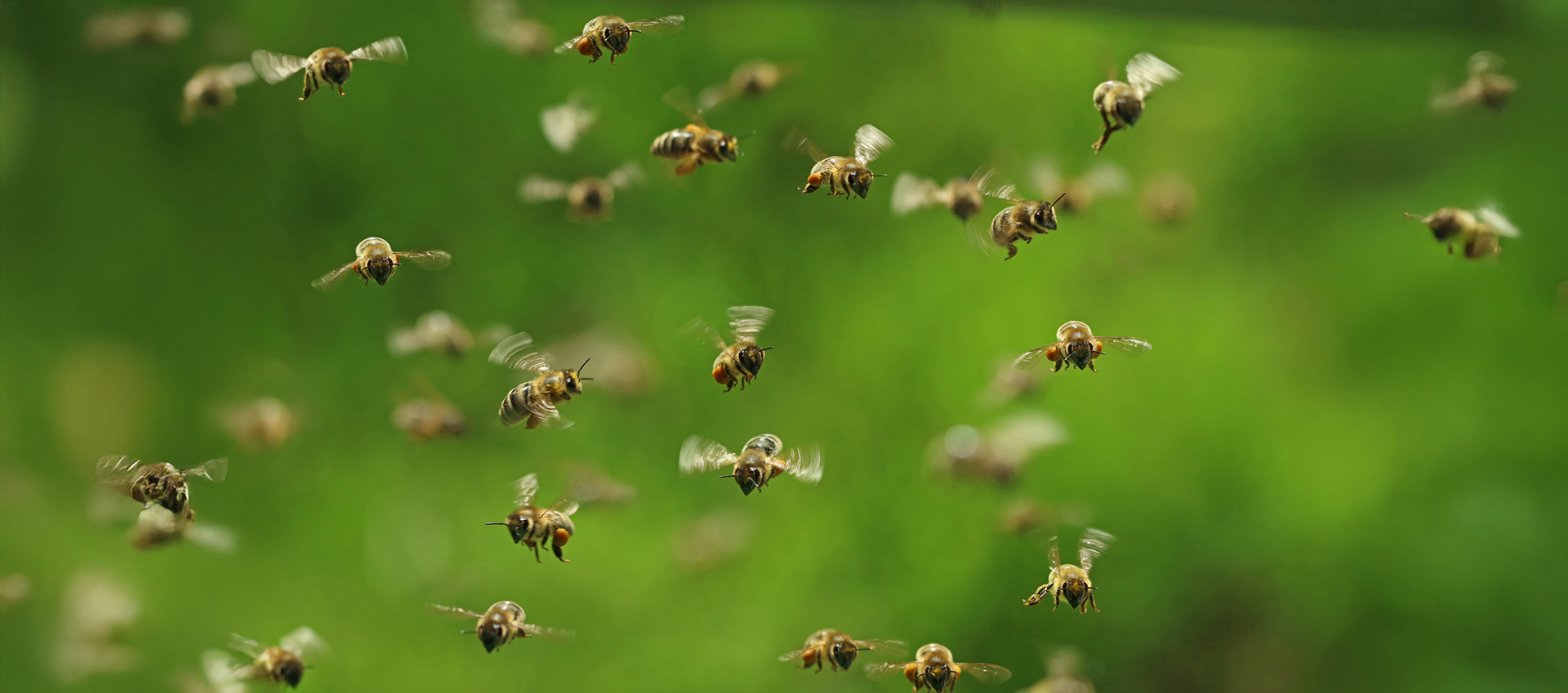
Swarming Season: A Golden Opportunity for Beekeepers
3 min readFinding a new home
Swarming is one of the most fascinating natural behaviours in a honeybee colony—and for Australian beekeepers, it presents a unique opportunity. Each year, during the warm months of spring and early summer, healthy colonies reproduce by dividing. A queen leaves the hive with thousands of worker bees in search of a new home, forming a swarm. For beekeepers, this is a chance to expand their apiary for free—provided they know how to catch and manage swarms safely and effectively.
With the right tools, timing, and techniques, capturing a swarm can be a rewarding and successful process. But it also requires a good understanding of bee behaviour, biosecurity, and hive management.
Recognising the Signs of Swarming
Swarms are most common in late spring through early summer, when nectar is abundant and hives are strong. Common signs that a colony may be preparing to swarm include:
- A sudden increase in drone numbers
- Swarm or queen cells on the bottom of frames
- Crowded brood boxes with limited space
- Bees congregating around the entrance or forming a cluster nearby
If you spot a swarm on your property or in the wild, it’s important to act promptly. Swarms are typically docile (they’ve gorged on honey and have no hive to defend), but they won’t linger in one spot forever.
How to Safely Catch a Swarm
Catching a swarm involves gently relocating the bees into a suitable container or hive box. Here’s how to do it safely:
- Wear protective gear – Even though swarms are usually calm, it’s best to suit up.
- Use a ventilated box or empty hive with frames ready to go.
- Shake or brush the swarm from the branch or object into the container.
- Locate the queen (or ensure she’s inside the box)—if she goes in, the others will follow.
- Leave the box in place for a few hours to allow all stragglers to join the cluster.
Transport the swarm to your apiary in the evening when all bees have settled.
Managing Your New Colony
Once the swarm is housed in your apiary, give them time to orient themselves and begin drawing comb. Feed them if necessary to help them establish. Monitor their progress weekly—check for a laying queen, healthy brood pattern, and adequate space.
You’ll also want to:
- Provide fresh frames and foundation
- Add a second brood box or super as needed
- Mark the queen for easier tracking
Swarm colonies tend to be strong, but they can also be unpredictable. Keep an eye on temperament and health.
Follow Biosecurity Best Practices
Due to the increasing risk of pests like Varroa destructor in Australia, it’s essential to practise strict biosecurity when catching wild swarms. You must:
- Register your hives with your state’s DPI
- Inspect for signs of disease or mites
- Avoid mixing swarms with existing hives until they’ve been quarantined and assessed
When in doubt, consult your local beekeeping association or biosecurity officer.
Conclusion: A Skill Worth Mastering
Catching and managing bee swarms is a valuable skill that every Australian beekeeper should develop. It can be thrilling, sustainable, and economical—especially when done responsibly. With swarming season returning each year, you’ll be ready to expand your hives, help settle stray colonies, and support pollinator health in your region.
